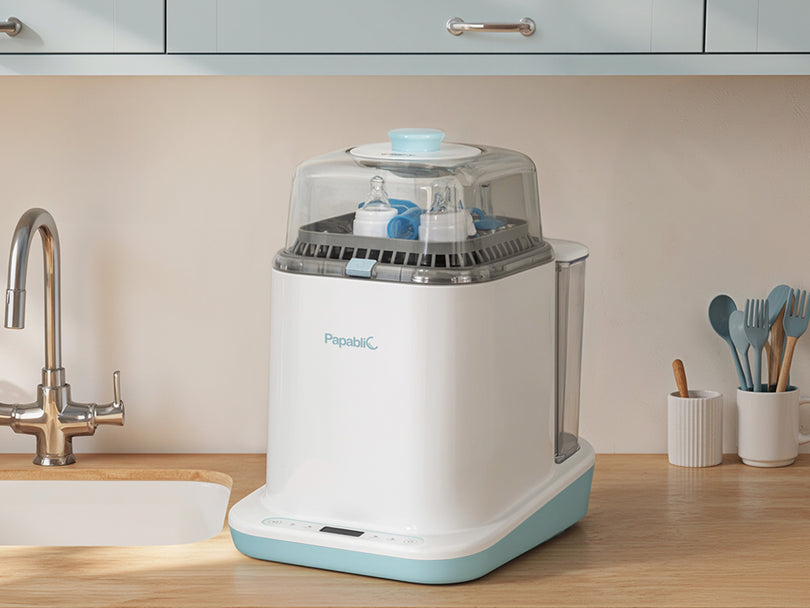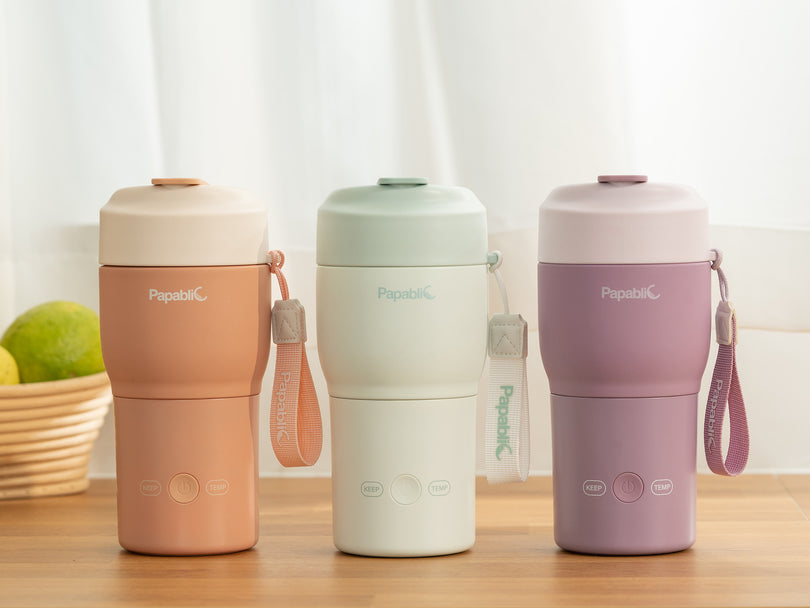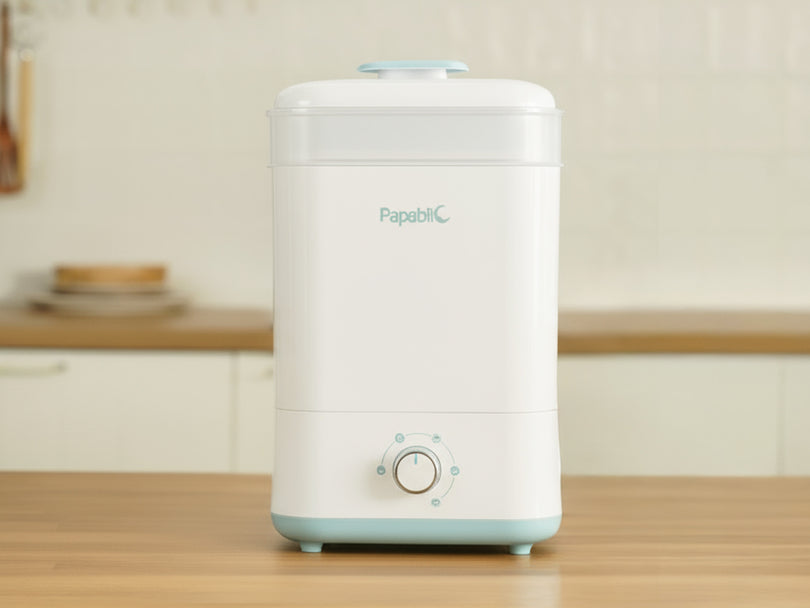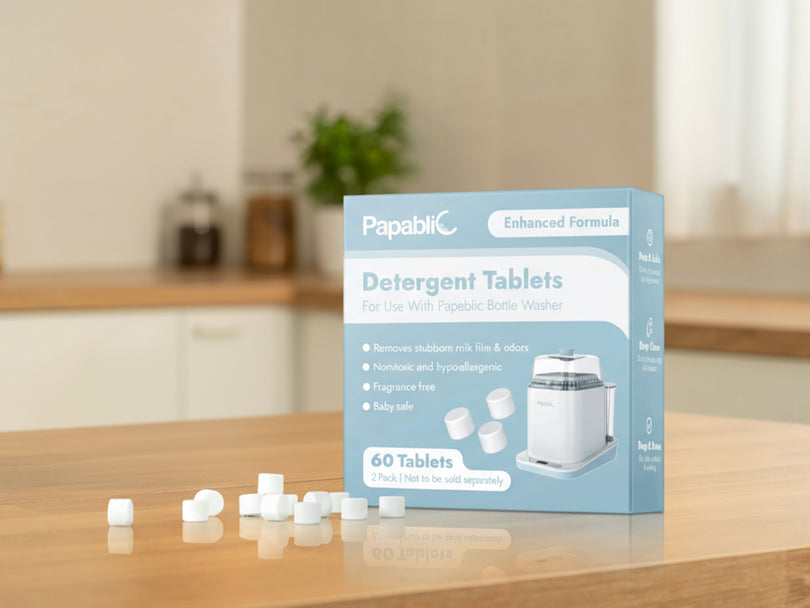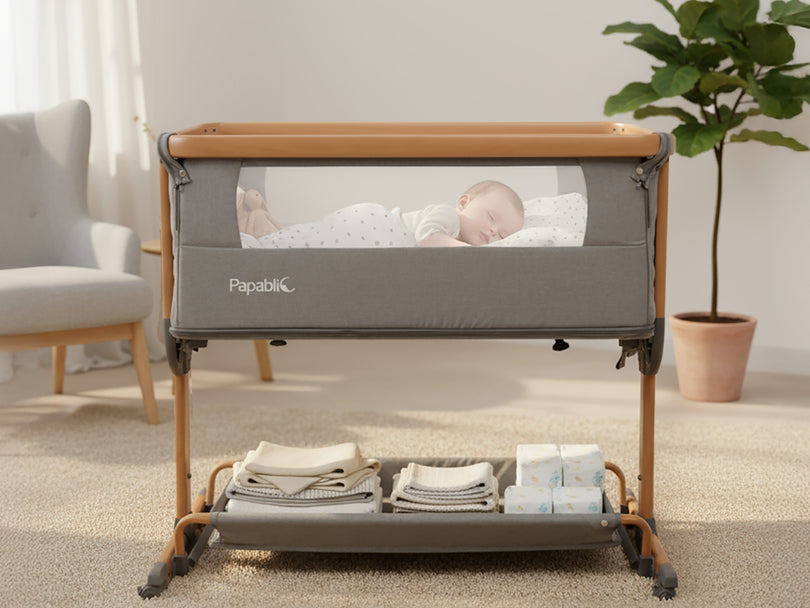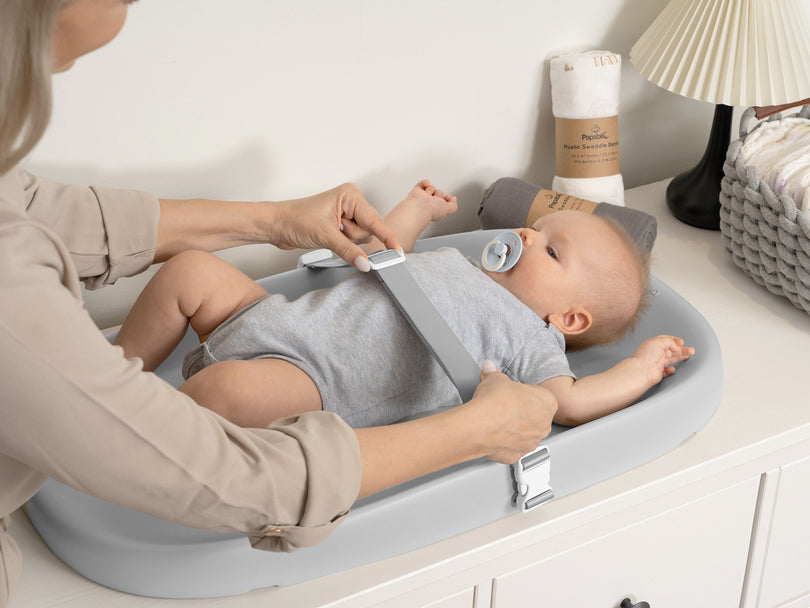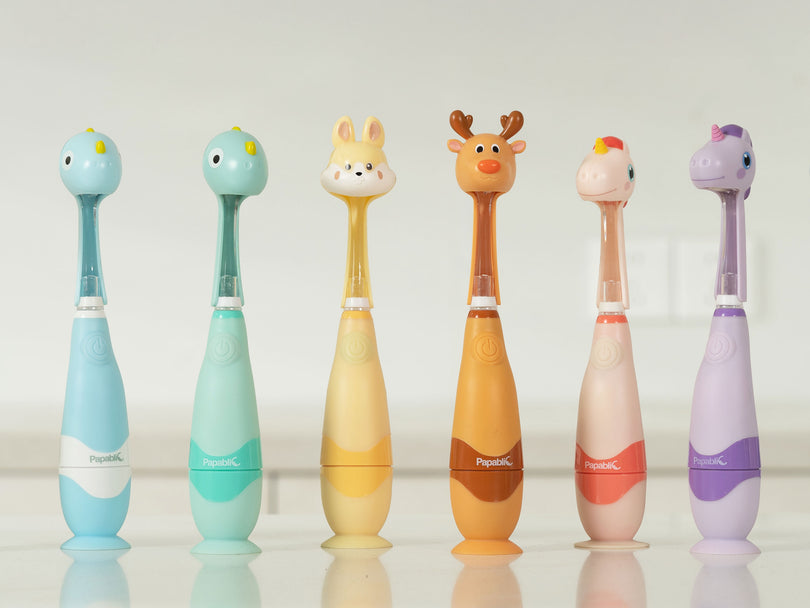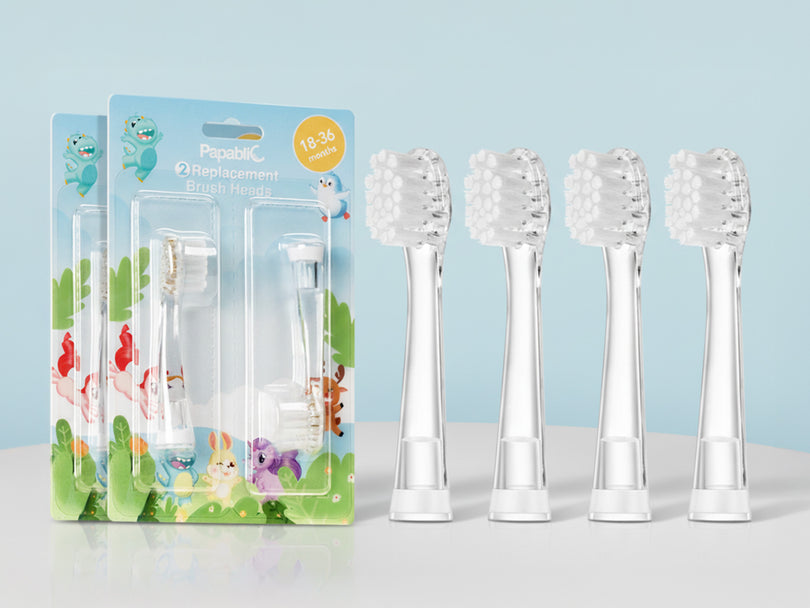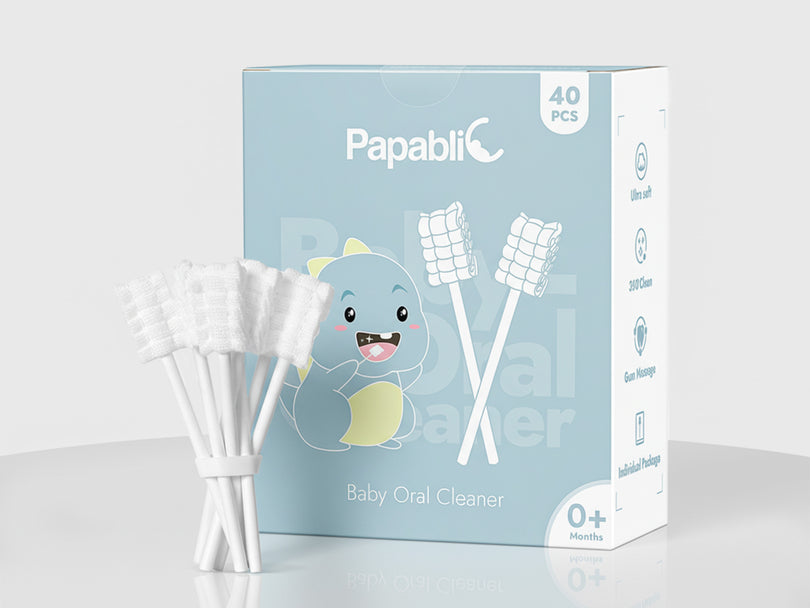Breastfeeding is a beautiful and natural way to nourish your baby, providing them with essential nutrients and a strong emotional bond.
However, there may come a time when transitioning from breast milk to formula becomes necessary or preferable. Whether due to personal circumstances, medical reasons, or simply the need for added flexibility, making this transition can be a smooth and positive experience for both you and your baby.
In this comprehensive guide, we will explore the reasons behind transitioning from breastfeeding to formula feeding and provide step-by-step instructions for a successful switch. Additionally, we will introduce Papablic sterilizers and bottle warmers as reliable tools to ensure your baby's health and comfort during this transition.
Why Transition from Breastmilk to Formula?
There are several reasons why parents may decide to transition their baby from breast milk to formula. While breastfeeding has numerous benefits, there are situations where formula feeding becomes a more suitable option:
➼ Health Concerns: Some mothers may have medical conditions that make breastfeeding challenging or unsafe. In such cases, transitioning to formula ensures the baby's health and wellbeing.
➼ Insufficient Milk Supply: A mother's breast milk supply might not be sufficient to meet the baby's nutritional needs, leading to slow growth or inadequate weight gain., formula can provide the necessary nutrients to support the baby's growth.
➼ Returning to Work: Many mothers choose to return to work after maternity leave, making it difficult to breastfeed on demand. Formula feeding allows other caregivers to provide nourishment to the baby while the mother is away.
➼ Family Dynamics: Formula feeding allows other family members, including the father, to participate in feeding and bonding with the baby.
➼ Weaning: As babies grow, they naturally begin to consume solid foods and require less breast milk. Transitioning to formula during this gradual process can help ease the weaning journey.
➼ Personal Choice: Ultimately, the decision to transition from breast milk to formula is a personal one. Parents should consider their own circumstances, lifestyle, and preferences when making this choice.
Is formula more filling than breastmilk?
First, it's important to consider that babies feel full with both breast milk and formula. The difference comes down to differences in digestion. Babies digest breast milk faster than formula, so they nurse more often. Infant formula takes longer to digest and therefore may be considered more filling than breast milk.
Many mothers worry that breastfed babies may be healthier than formula-fed babies. During breastfeeding, antibodies and other antimicrobial factors are passed from mother to baby, strengthening their immune system. While breastfed babies have been shown to have fewer infections and hospitalizations than formula-fed babies, formula-fed babies grow up to be just as strong and healthy as breastfed babies.
How to Transition: A Step-by-Step Guide
Transitioning from breast milk to formula requires careful planning and consideration. Follow these steps to ensure a smooth and successful switch:
1. Introduce Formula Gradually
Start by introducing formula alongside breast milk to allow your baby to adjust to the taste and texture. Begin with small amounts and gradually increase the proportion of formula in each feeding over the course of several days.
2. Choose the Right Formula
Select a high-quality infant formula that closely mimics the nutritional composition of breast milk. Consult your pediatrician for recommendations based on your baby's specific needs.
3. Maintain Skin-to-Skin Contact
Continue to engage in skin-to-skin contact during feedings, even when using formula. This will help maintain the emotional bond between you and your baby.
4. Use Familiar Feeding Equipment
Opt for bottles and nipples that are similar in shape and flow to those used during breastfeeding. This will make the transition more comfortable for your baby.
5. Offer Comfort and Reassurance
Hold your baby close, make eye contact, and offer soothing words during feedings to create a sense of security and connection.
6. Be Patient and Responsive
Pay attention to your baby's cues and feed on demand. Babies have varying appetites, and some may take time to adjust to the new feeding routine.
7. Gradually Reduce Breastfeeding Sessions
Over time, gradually decrease the frequency of breastfeeding sessions while increasing formula feedings. This gradual approach minimizes discomfort for both you and your baby.
8. Monitor for Allergies or Sensitivities
Keep an eye out for any signs of allergies or sensitivities to the new formula. Consult your pediatrician if you notice any adverse reactions.
9. Seek Support
Transitioning can be emotionally challenging for both you and your baby. Reach out to a lactation consultant, pediatrician, or support groups for guidance and encouragement.
Recommend Papablic Sterilizer and Bottle Warmer
During the transition from breast milk to formula feeding, maintaining cleanliness and ensuring the proper temperature of the formula are paramount. Papablic offers a range of reliable sterilizers and bottle warmers designed to make this process easier and more convenient.
🤱🏼Papablic Baby Bottle Warmer
The Papablic Bottle Warmer offers precise temperature control, gently warming breast milk or formula to the ideal temperature for your baby's consumption. This eliminates the guesswork and prevents overheating, preserving the nutritional value of the milk.
🤱🏼Papablic Steam Sterilizer
The Papablic Steam Sterilizer effectively eliminates harmful bacteria, germs, and viruses from bottles, nipples, pacifiers, and other feeding accessories. This ensures that your baby's feeding equipment is safe and sterile, reducing the risk of infections.
Conclusion
Transitioning from breast milk to formula can be a positive and beneficial experience when approached with careful planning and consideration. While breastfeeding offers unique benefits, formula feeding provides a practical solution in various situations. By introducing formula gradually, selecting the right formula, and using supportive tools like Papablic sterilizers and bottle warmers, you can ensure a smooth and successful transition that prioritizes your baby's health and comfort.
Remember, every baby is unique, so be patient, responsive, and attuned to your baby's needs throughout this transition period. With the right approach and resources, you can confidently navigate this new phase of your parenting journey.

